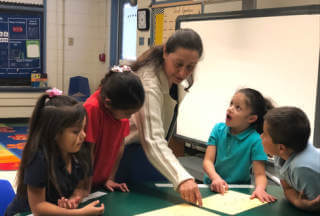
Giving constant feedback to students in their performance is key to learning. This feature looks at why feedback is important, what kinds of feedback teachers should give, and how to do it in a way that builds learner responsibility and learner autonomy.
Feedback is an essential component of learning. Through feedback we learn about our own progress. When teachers provide on-going feedback both of them benefit. Feedback helps students notice which of their efforts have begun to bear fruit and which ones still need more nurturing. Additionally, feedback helps teachers notice what they should be spending more time on.
Click the button below to claim your free ebook and join our mailing list.